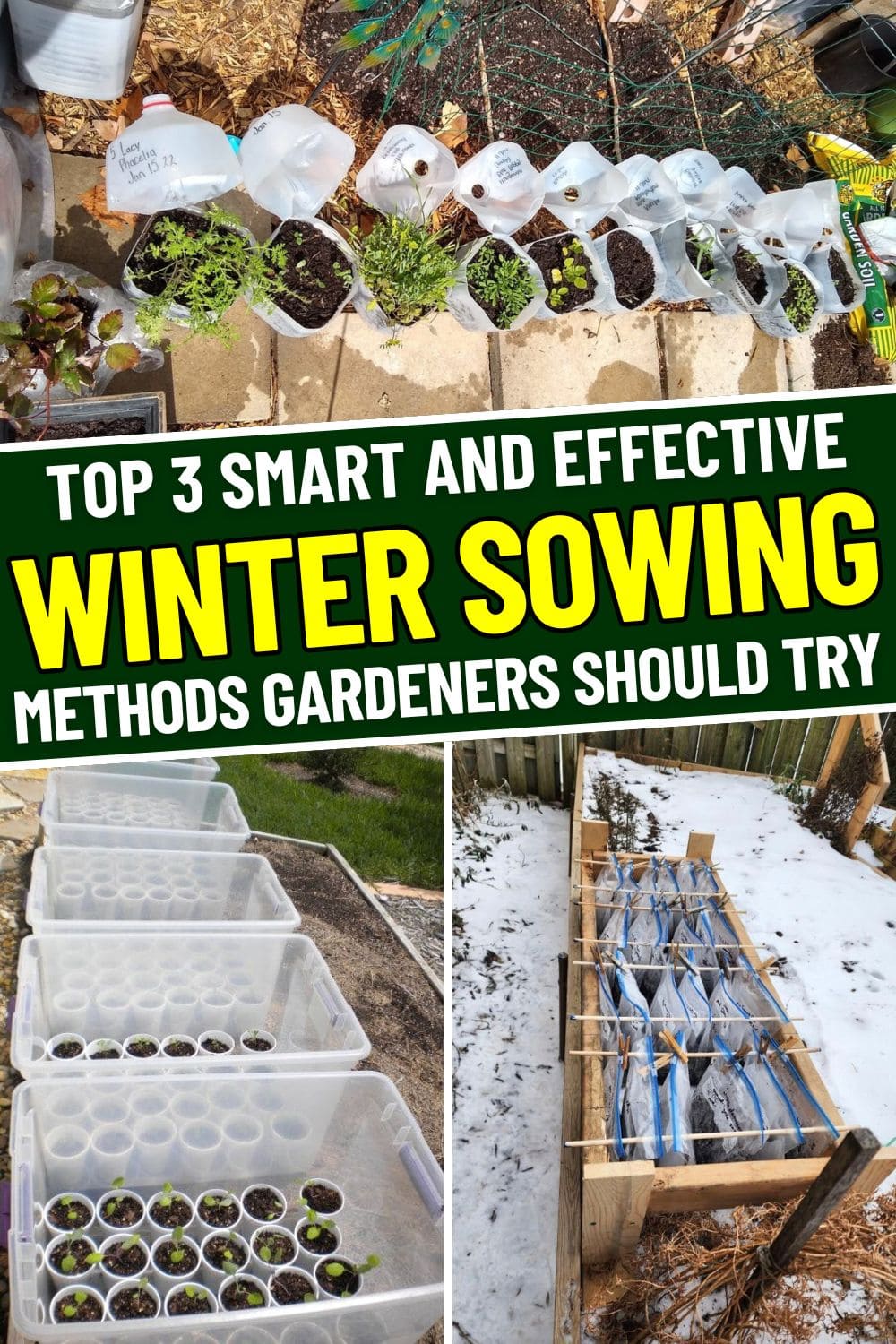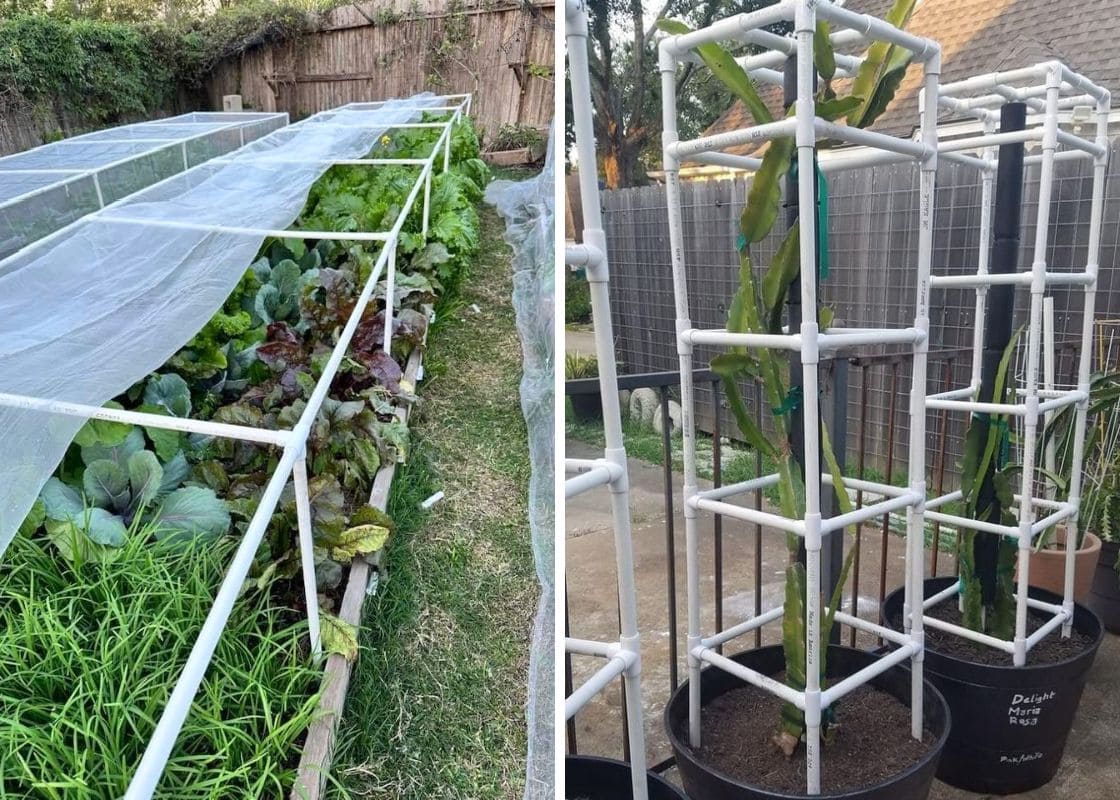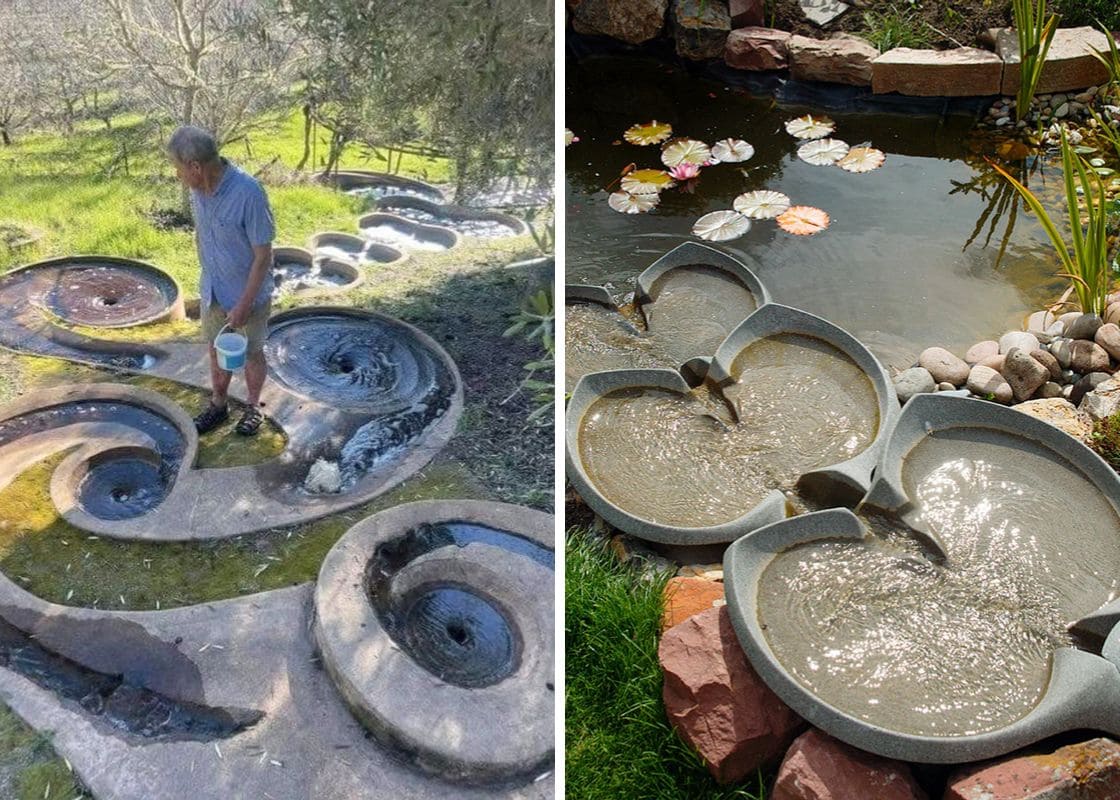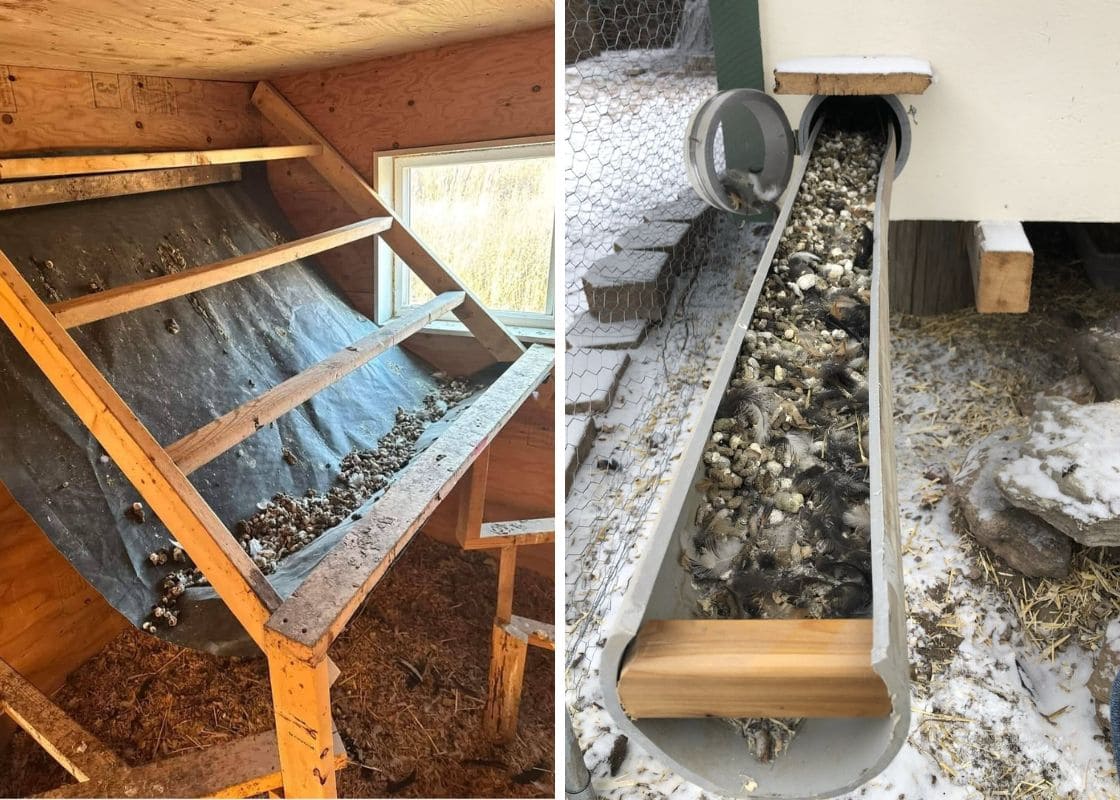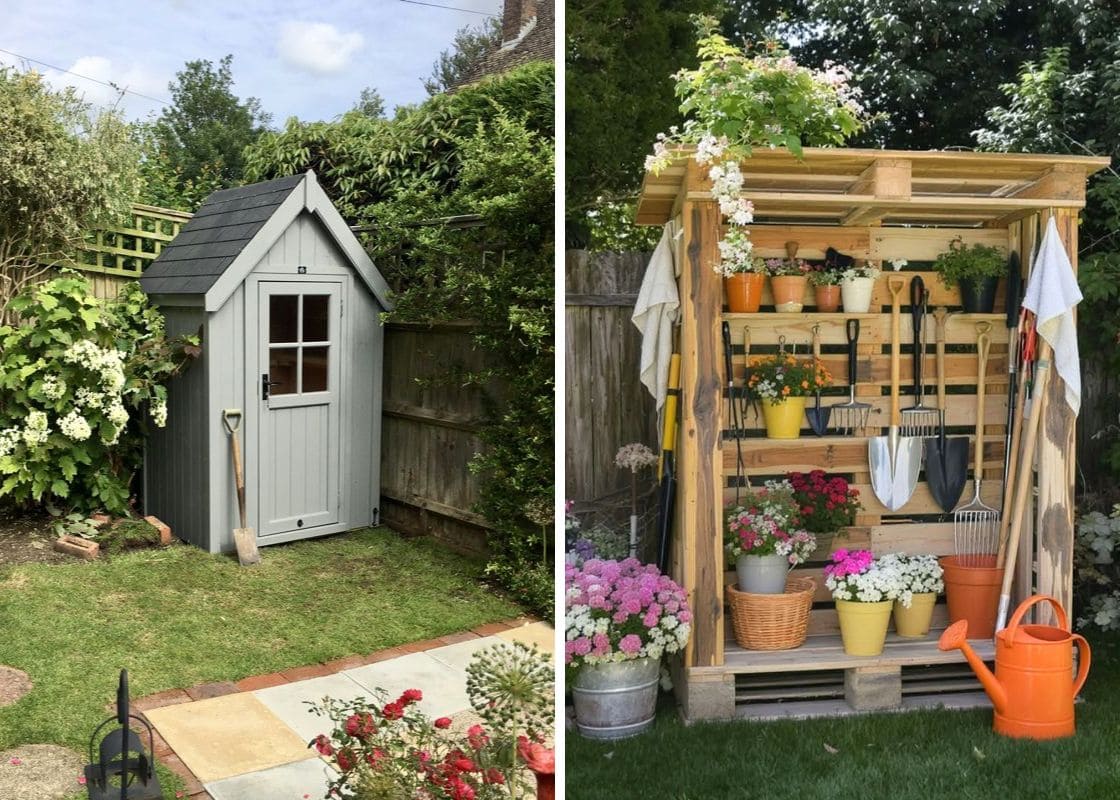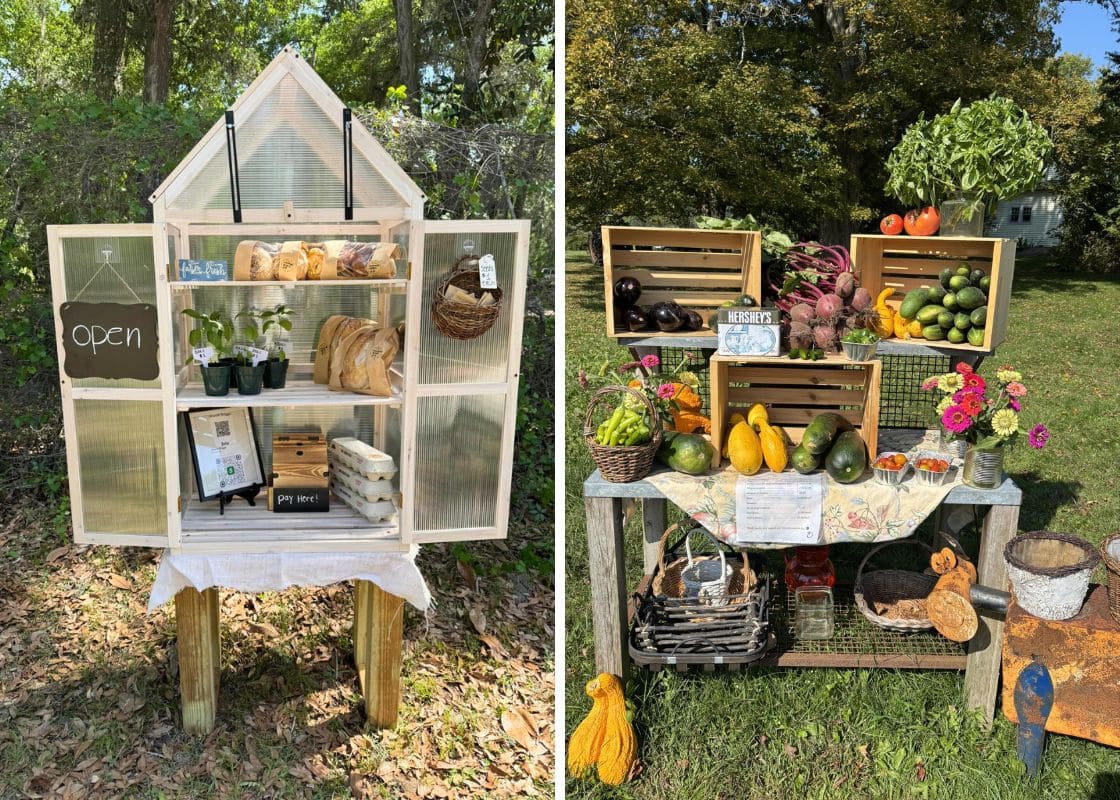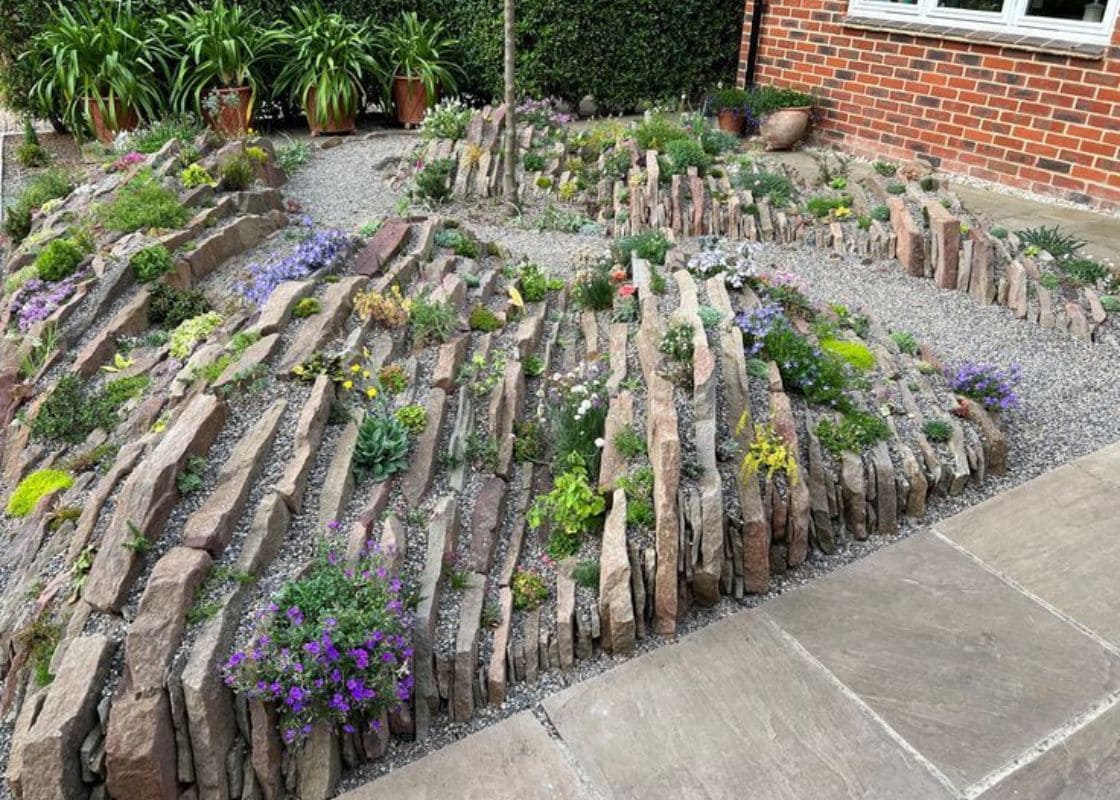When the garden sleeps under a blanket of snow, most of us assume seed starting has to wait until spring.
But there’s a simple secret that experienced gardeners have used for years: winter sowing.
By letting nature provide the cold and light cycles seeds need, you can get strong, hardy seedlings without grow lights or heated greenhouses.
Best of all, it’s low-cost, sustainable, and incredibly satisfying.
Today, I’ll walk you through three of my favorite winter sowing methods.
Milk Jug Greenhouses
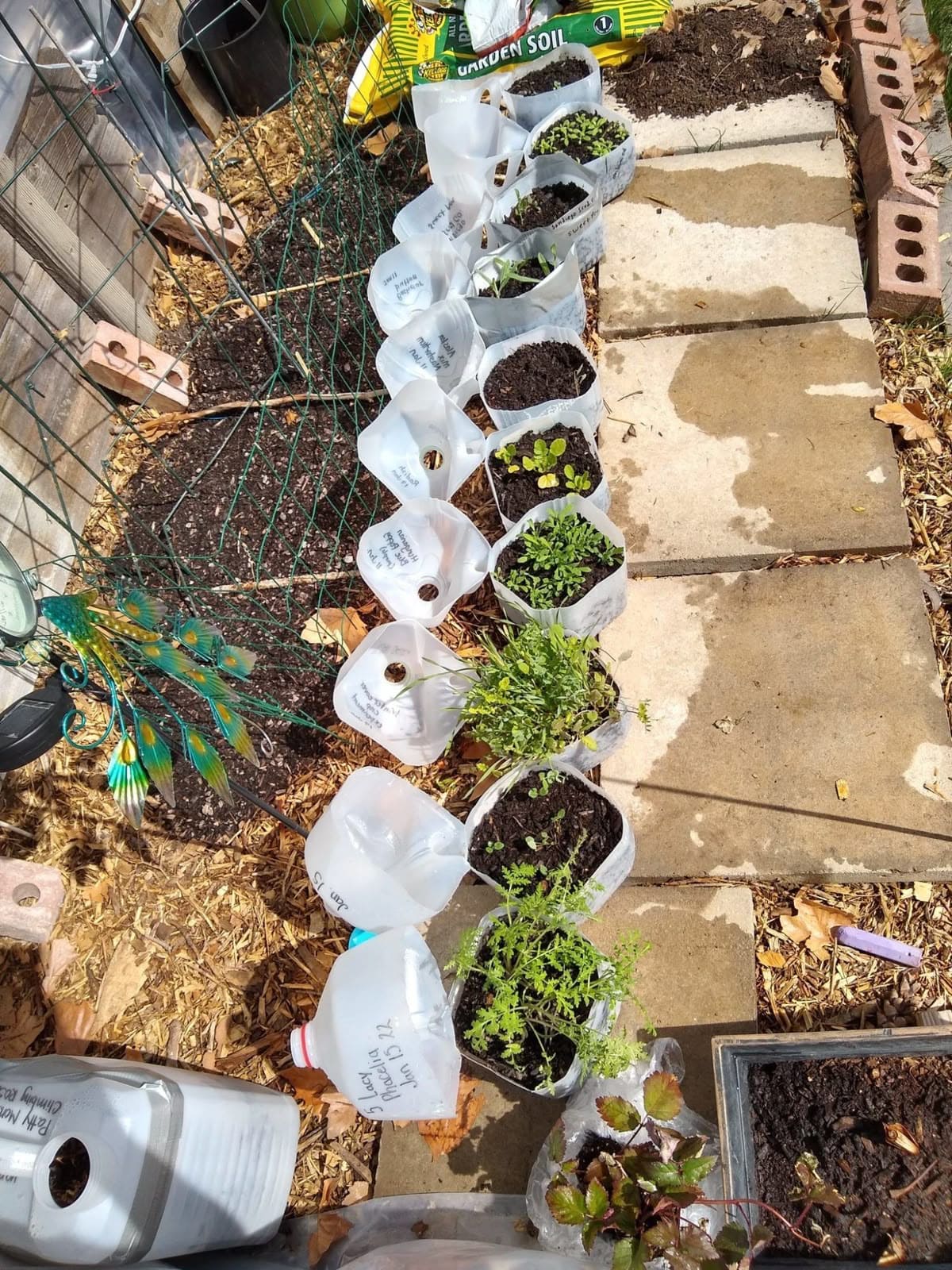
If you’ve ever tossed a milk jug into the recycling bin, you’ve already thrown away a potential mini greenhouse.
This method is a classic among winter sowers because it’s easy, inexpensive, and almost foolproof. All you need are clean milk jugs, soil, tape, and seeds.
Cut your jug around the middle, leaving a hinge. Add three to four inches of soil, scatter in your seeds, and water lightly.
Next, close the jug, tape it shut, and leave the cap off for ventilation.
Finally, set them outside in a sunny spot and let the snow and rain do the watering.
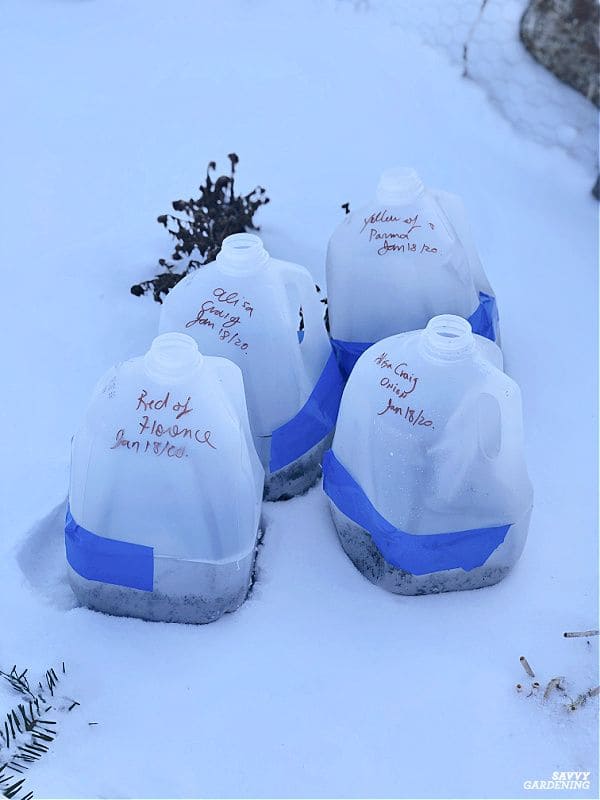
When spring arrives, you’ll be greeted with a flush of seedlings already hardened off to the outdoors.
Hardy perennials and wildflowers like milkweed, coneflowers, and lupines absolutely thrive with this method.
Ziplock Bag Raised Bed
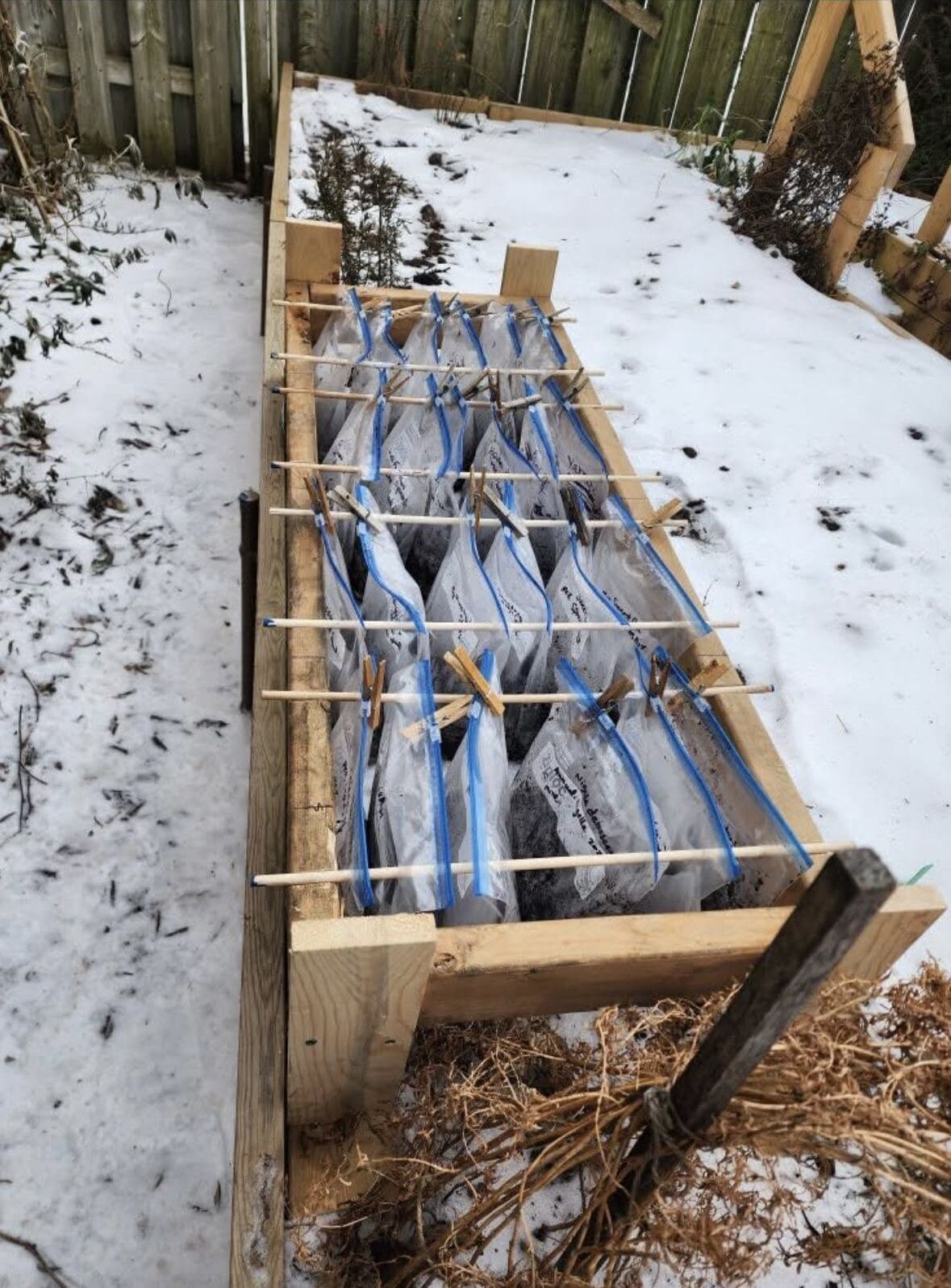
This one feels like a science experiment in the snow.
By filling ziplock bags with soil and seeds, then lining them neatly in a raised wooden frame, you create dozens of tiny greenhouses.
The plastic holds in warmth and moisture while the frame keeps everything tidy and upright.
Plus, wooden rods across the top keep bags from collapsing and make it easier to organize rows of different plants.
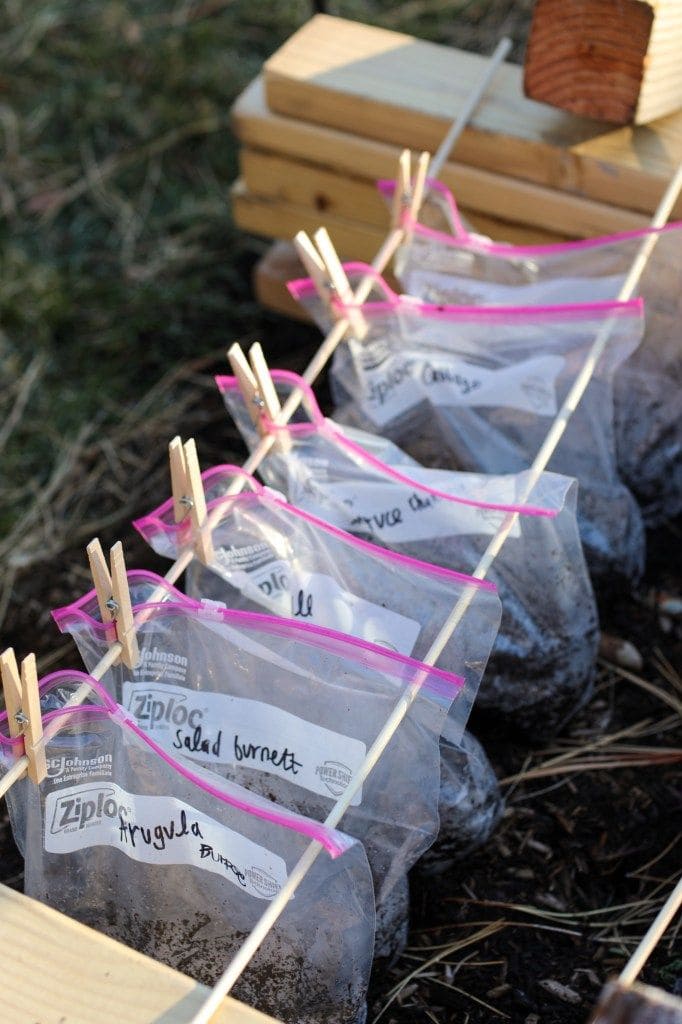
I love this method for herbs and vegetables: carrots, cilantro, dill, beets, arugula, you name it.
The beauty here is organization. Each bag is easy to label, so when spring rolls around, you can see exactly what’s sprouted.
And because the bags are sealed, they’re protected from harsh snow and wind, yet still exposed enough to benefit from natural freeze–thaw cycles.
Clear Bin Greenhouses
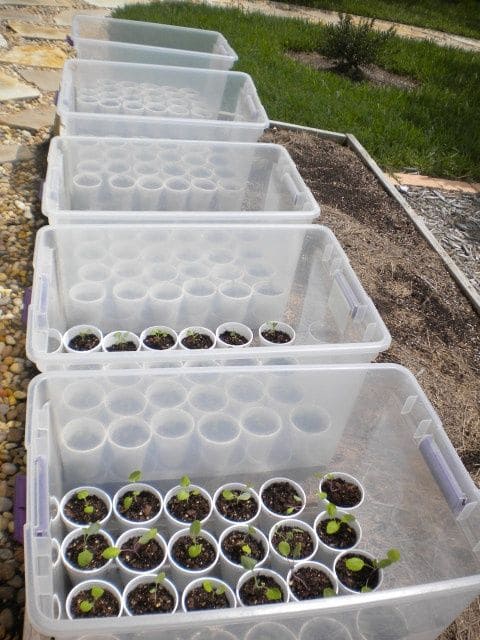
Clear storage bins aren’t just for decluttering your garage, they make excellent winter sowing greenhouses.
Instead of planting directly in the bin, place seed trays inside, close the lid, and let the container act like a cold frame.
The transparent plastic traps warmth and moisture while still letting in light.
A few drilled ventilation holes (or simply propping the lid open on mild days) prevent overheating on sunny winter afternoons.
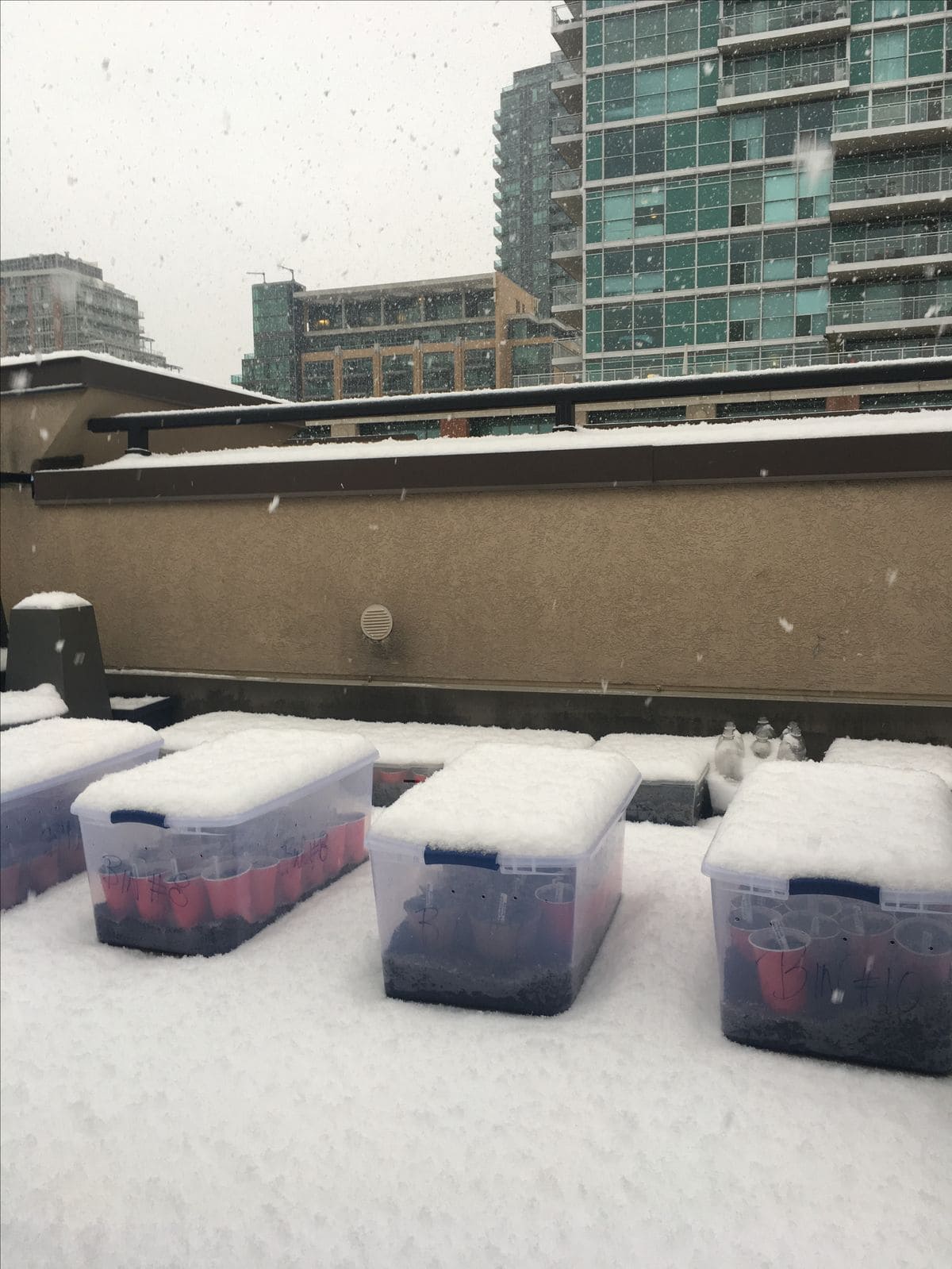
This setup works beautifully for salad greens, brassicas, herbs, and flowers like marigolds and violas.
Bonus, you can move the bins around easily, stacking them when not in use, and reuse them year after year.
It’s one of the most versatile ways to start a large number of seedlings with minimal effort.
Tips for Winter Sowing Success
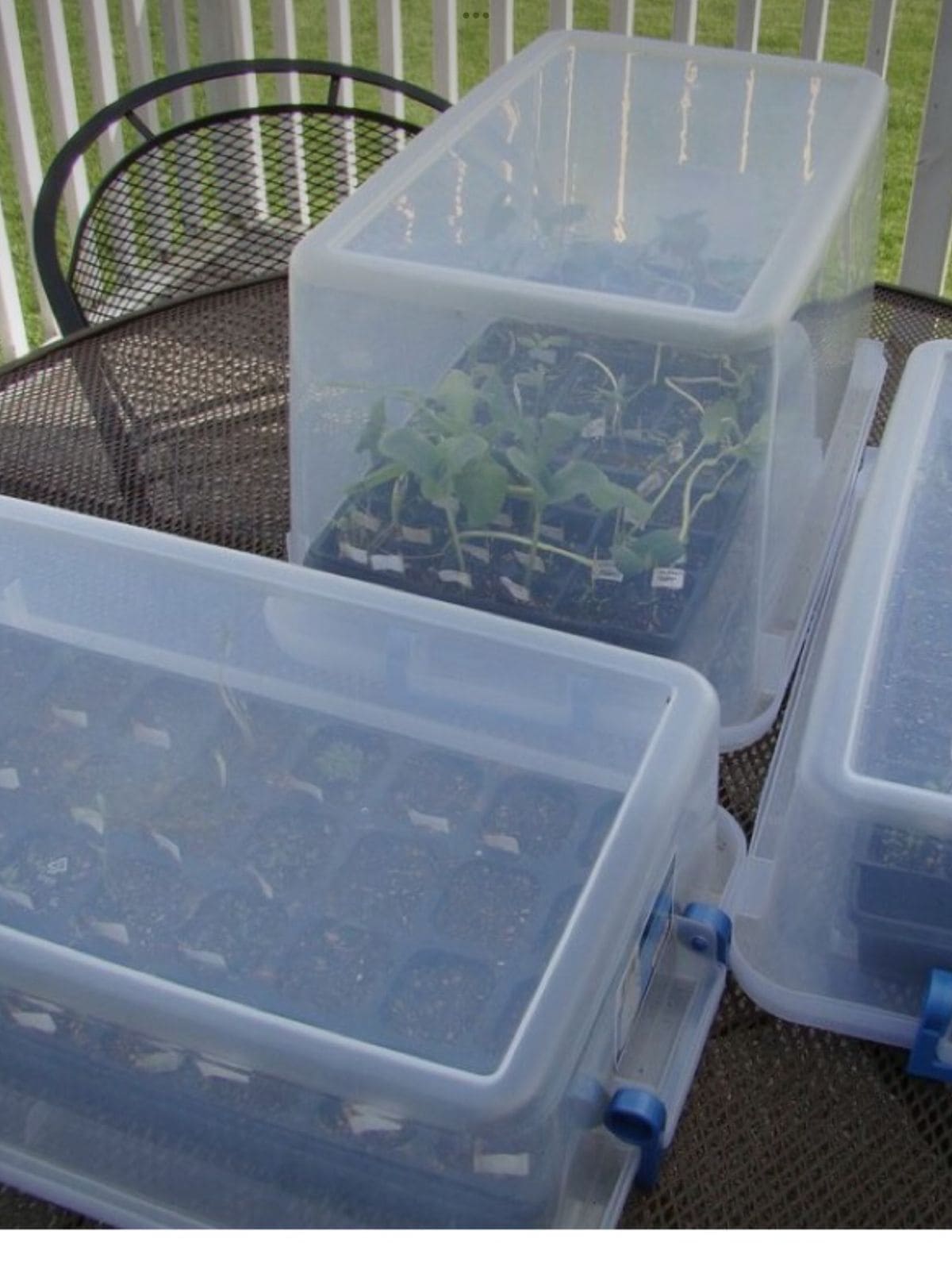
Always label containers with waterproof tags or outdoor paint pens as spring rain will wash away ink faster than you think.
Also, choose cold-hardy seeds that benefit from stratification, such as perennials and cool-weather vegetables.
You can place your setups in a sunny, safe spot where pets and wildlife won’t disturb them.
Specially, check occasionally to make sure soil stays moist. Snow and rain usually handle it, but bins may need a quick mist now and then.
Conclusion
By using recycled milk jugs, ziplock bags in raised beds, or clear storage bins, you can let nature prepare your seeds for you.
Of course, you’ll get stronger seedlings, less indoor clutter, and a head start on the growing season.
If you’ve never tried it, this winter is the perfect time.
Read more: 10 Ways to Heat Your Greenhouse in Winter Without Electricity
